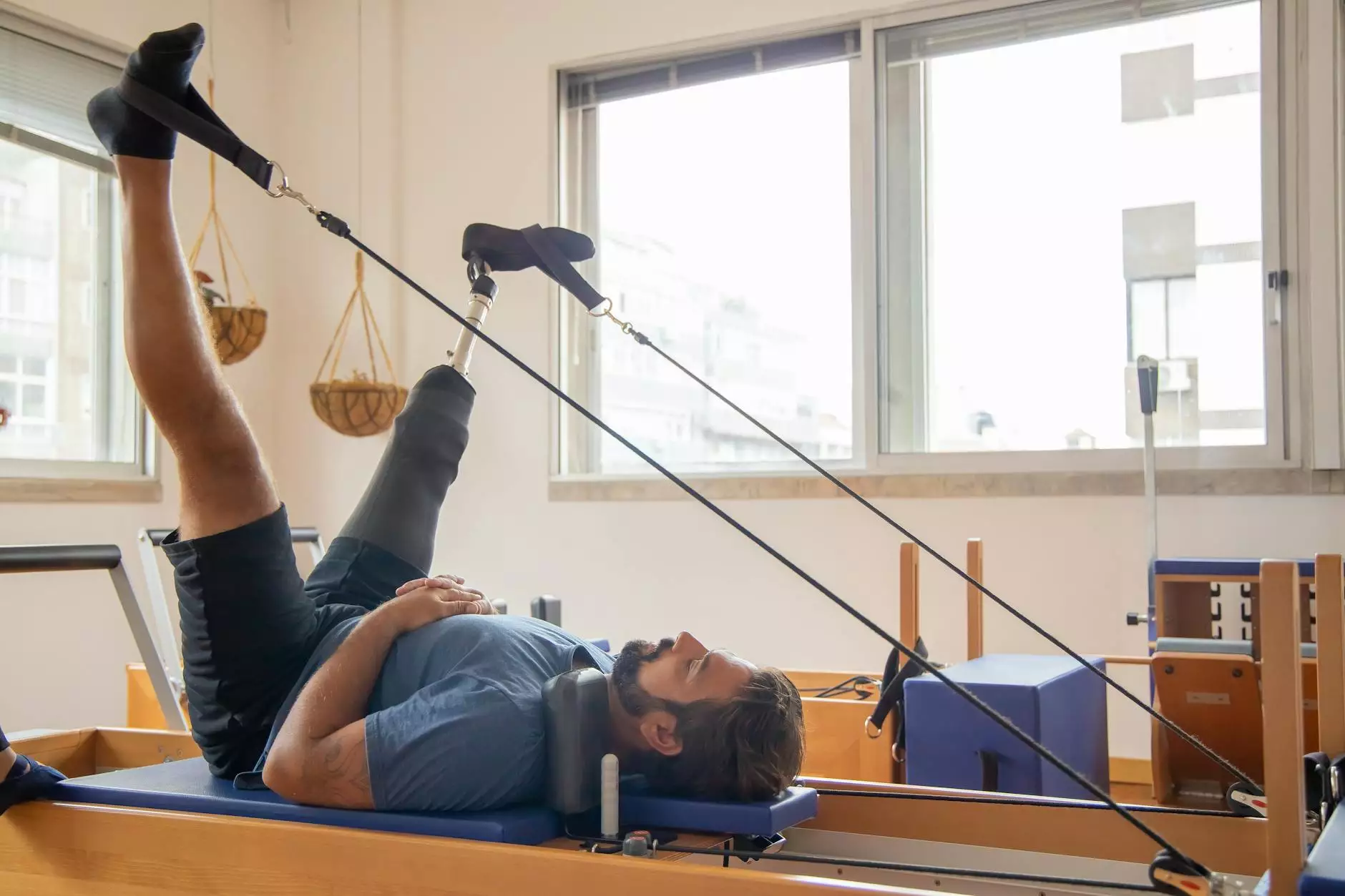Ultimate Guide to Arm Lift Recovery: What You Need to Know

Undergoing an arm lift, also known as brachioplasty, can be a transformative experience for those looking to enhance their body contour. However, understanding the recovery process is crucial to achieving the best results. In this comprehensive guide, we will explore everything you need to know about arm lift recovery, including post-operative care, expected timelines, and tips for a smooth recovery.
Understanding the Arm Lift Procedure
An arm lift is a cosmetic surgery designed to remove excess skin and fat from the upper arms. This procedure can significantly improve the appearance of the arms, making them look firmer and more toned. It is especially popular among individuals who have experienced significant weight loss or natural aging, resulting in sagging skin. Before diving into recovery, it's essential to understand the procedure you will undergo and its implications on your body.
The Importance of a Well-Planned Recovery
The recovery period following an arm lift surgery is just as significant as the procedure itself. A well-planned recovery can enhance your results and ensure that you achieve the body you desire. Here are some key aspects of recovery you need to consider:
1. Follow Your Surgeon’s Instructions
Your surgeon will provide specific guidelines tailored to your needs. Adhering to these instructions is crucial for minimizing complications and ensuring a smooth recovery. This includes advice on medication, activity restrictions, and follow-up appointments.
2. Prepare Your Recovery Area
Before having your arm lift, create a comfortable recovery space at home. This area should include:
- Comfortable furniture where you can rest.
- Easy access to food and drinks.
- Supportive pillows to elevate your arms and aid in recovery.
- Entertainment options such as books, movies, or music to help pass the time during recovery.
Timeline of Arm Lift Recovery
Understanding the timeline of arm lift recovery can help set realistic expectations. Recovery can vary depending on individual factors such as age, overall health, and the extent of the procedure performed. Here is a general outline:
First Week: Immediate Recovery
During the first week after surgery, you will likely experience some swelling, bruising, and discomfort. It's essential to:
- Keep your arms elevated at heart level to reduce swelling.
- Take prescribed pain medications as directed.
- Avoid strenuous activities and heavy lifting.
- Attend follow-up appointments to monitor healing progress.
Week Two to Four: Ongoing Recovery
By the second week, many patients start to feel more comfortable. However, it remains crucial to:
- Limit your activities to light walking.
- Continue avoiding heavy lifting and rigorous activities.
- Monitor incision sites for signs of infection.
Month Two to Six: Gradual Return to Normal Activities
After the first month, you can gradually return to your regular activities, but remain mindful of any discomfort. Most patients feel fully functional after three to six months, although final results may take longer to manifest. By this time, you should:
- Resume low-impact exercises such as walking or cycling.
- Consult with your surgeon about reintroducing more intense workouts.
- Practice self-care routines to support healing.
Post-Operative Care Tips for a Smooth Recovery
Your recovery experience can be significantly improved by following certain care tips:
1. Maintain a Healthy Diet
Nutrition plays a vital role in recovery. Focus on a balanced diet that includes:
- Lean proteins to support healing, such as chicken, fish, and legumes.
- Fruits and vegetables rich in vitamins and antioxidants.
- Whole grains for sustained energy.
2. Stay Hydrated
Staying hydrated is critical during your recovery. Drink plenty of water to help reduce swelling and promote healing.
3. Avoid Smoking and Alcohol
Both smoking and alcohol can hinder the healing process and increase the risk of complications. It’s advisable to avoid these substances during your recovery period.
4. Engage in Light Activity
While you should avoid strenuous exercise, light activities such as walking can help improve circulation and support recovery. Listen to your body and gradually increase your activity level.
When to Contact Your Surgeon
Recognizing symptoms that may require medical attention is essential. Be vigilant for the following signs:
- Increased swelling or bruising.
- Persistent pain that is not managed by medications.
- Signs of infection, such as redness, warmth, or discharge at incision sites.
Long-Term Care and Maintenance of Results
After you have fully recovered from your arm lift, maintaining your results is vital. Consider these tips:
1. Regular Exercise
Incorporate both strength training and cardiovascular exercises into your routine to maintain arm tone and overall fitness.
2. Healthy Eating Habits
Continuing to eat a balanced, nutritious diet will help keep your weight stable and support your overall health.
3. Skin Care
Moisturize your skin regularly and consider using products that enhance skin elasticity to keep your arms looking their best.
Embracing Your New Look
Post-recovery, many individuals experience a boost in self-confidence and body image. Embracing your new look can lead to an improved quality of life and renewed motivation for a healthy lifestyle. Remember, the trade-offs of surgery come with their own rewards and challenges.
Conclusion
In conclusion, understanding the journey of arm lift recovery is essential for achieving the desired outcomes of your procedure. By following your surgeon's instructions, maintaining a healthy lifestyle, and being aware of your body’s signals, you can ensure a smooth recovery process. With patience and self-care, you will soon be able to enjoy the benefits of your arm lift—more confidence and a renewed sense of self. For more information about arm lift procedures and recovery, visit us at Clinic Health Beauty.









